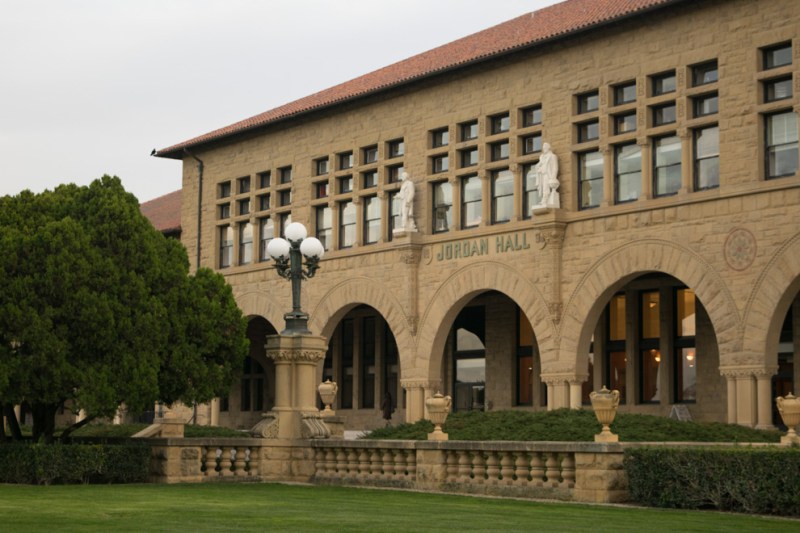Responding to the Black Lives Matter movement and the killings of several Black people at the hands of police, professor and Director of Science, Technology & Society (STS) Paul Edwards has launched the new three-course sequence STS 51: “Race in Science.”
“I asked myself, ‘What can STS do to help work on the racial justice problem we have in our country and at Stanford?’” Edwards told The Daily. “I wanted to do something about this problem and bring the STS perspective.”
According to Edwards, STS 51 gives undergraduates and Stanford affiliates (who can register for individual talks without enrolling in the courses) an opportunity to learn about Black, Indigenous and people of color (BIPOC) experiences and racism in science — experiences not often historically visible. In the fall, a one-unit course focuses on race in science; in winter, race in technology; and in spring, race in medicine. Attendees will hear from BIPOC scientists, engineers and doctors every week in this speaker series.
“At Stanford, we need to highlight role-model scholars in the physical and social sciences who are really prolific in their publishing but contribute to conversations about racial justice and how that history continues affecting scientific output,” said Jasmine Reid M.A. ’17 and fifth-year anthropology Ph.D. student. Reid serves as the co-organizer and teaching assistant for the course.
On Sept. 16, over 100 Stanford students and affiliates heard from STS 51’s first speaker, Dr. Chanda Prescod-Weinstein, an assistant professor of physics and core faculty in women’s and gender studies at the University of New Hampshire.
“The first class was phenomenal, to say the least,” enrolled student Iris Ung ’24 wrote about Prescod-Weinstein’s talk. “I was inspired by the story, passion and perseverance of our speaker. She is playing an integral role in ensuring Black women fulfill their potential and live their best lives, especially in the world of science.”
Making the course accessible to all members of the Stanford community was one of Edwards’s key considerations when designing STS 51. The course draws from about 20 different co-sponsors across the University and operates on a grant from the Ethics, Society and Technology Hub, which allows Edwards to pay speakers.
“This class is a great opportunity to cut across silos and lead an imperative discussion on how we think about race and develop an anti-racist framework on this campus and more broadly in our community,” Reid wrote.
Edwards hopes that the course will begin a major movement in hiring more BIPOC faculty and consistently reviewing syllabi to represent diverse voices.
In late June, University president Marc Tessier-Lavigne rolled out a number of initiatives intended to combat anti-Black racism at Stanford, including the cluster hire of 10 new faculty members in the study of the impact of race. In the same announcement, Tessier-Lavigne opened the door for discussion on the future of African and African American Studies (AAAS), though he stopped short of committing to departmentalize the program.
Reid added that “investing in diversity and inclusion training, while good, isn’t enough.”
“African and African American Studies should also be departmentalized” she said. “All faculty should be required to do anti-racism training; there should be decreased police presence on campus, as Black people suffer the most.”
Contact Melanie Zhou at melaniez ‘at’ stanford.edu.
